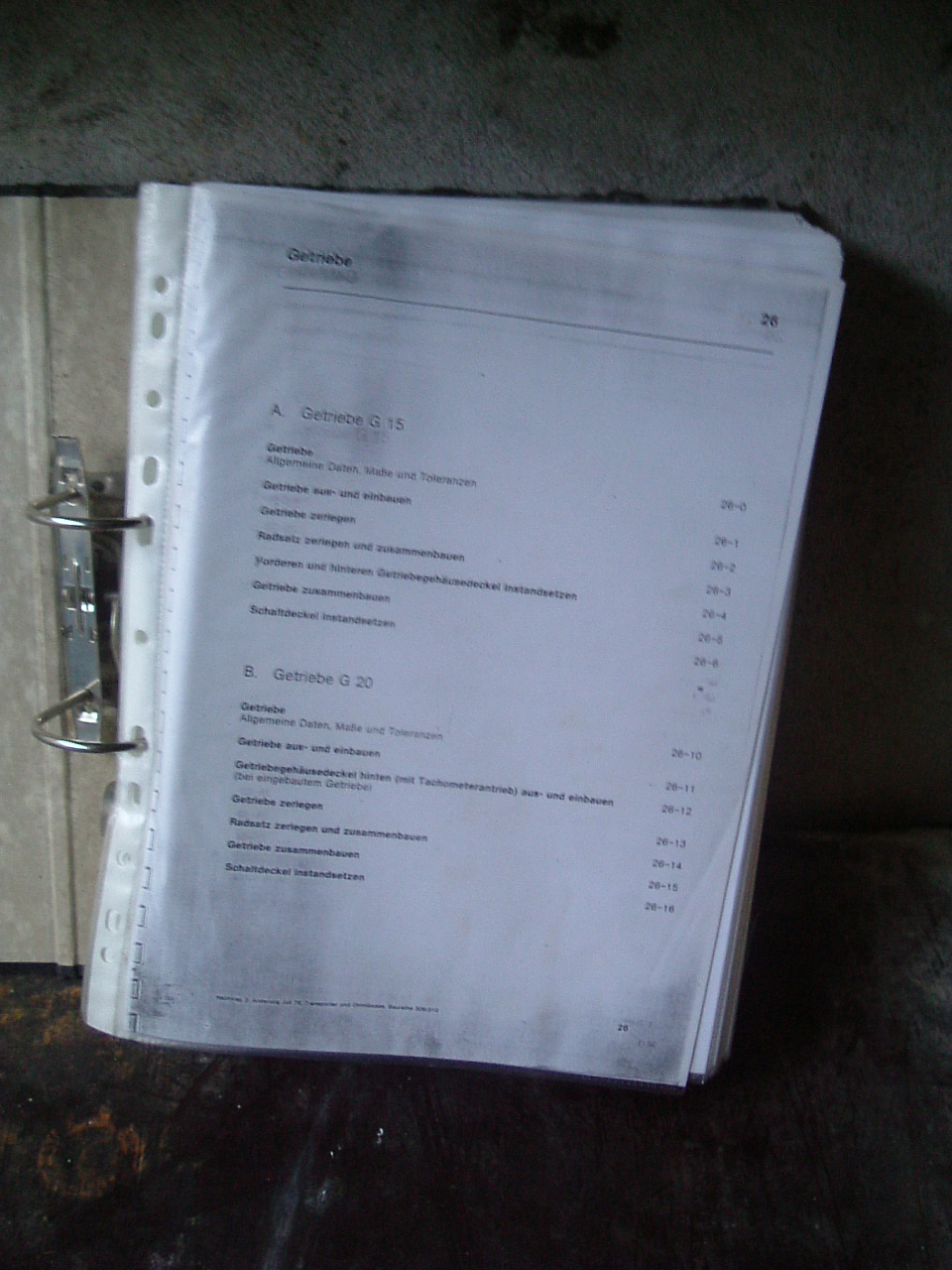
By following the manufacturer’s repair instructions, you greatly reduce your liability if something unfortunate happens.

It also gives you a complete list of tools, equipment and supplies needed to complete the job. WIS provides the proper way to remove a component, prepare the new one for installation and then install.

While it is more expensive than some of the aftermarket solutions, it is more complete. So, this amounts to a review, and won’t make you an expert - indeed, the only way to get really good at WIS is to use it - but in this article we will explain most of what you need to know to at least use it efficiently. Most of our readers are somewhat familiar with the Workshop Information System. And that is precisely what we’ll be looking at in this article. Considering that WIS is the most important information system available to the technician, there is great value in learning how to use it well.

In WIS, we find work instructions for most tasks (such as component removal and reinstallation, maintenance tasks) function descriptions that explain exactly how systems work electrical, pneumatic, hydraulic, and function diagrams forms necessary for service tasks (such as maintenance sheets) specifications (such as torques, correct fluids and approved oils), and much more.Īside from diagnostic information (which is found in XENTRY, the M-B diagnostic computer system), virtually all other information is found in WIS. With the length and breadth of the products offered by Mercedes-Benz over the years, it is no wonder that the company has put all of its technical information into a single computer database known as the Workshop Information System or WIS. While the Mercedes-Benz Workshop Information System may be intimidating at first, stick with it and you’ll find that it’s ALL in there.


 0 kommentar(er)
0 kommentar(er)
